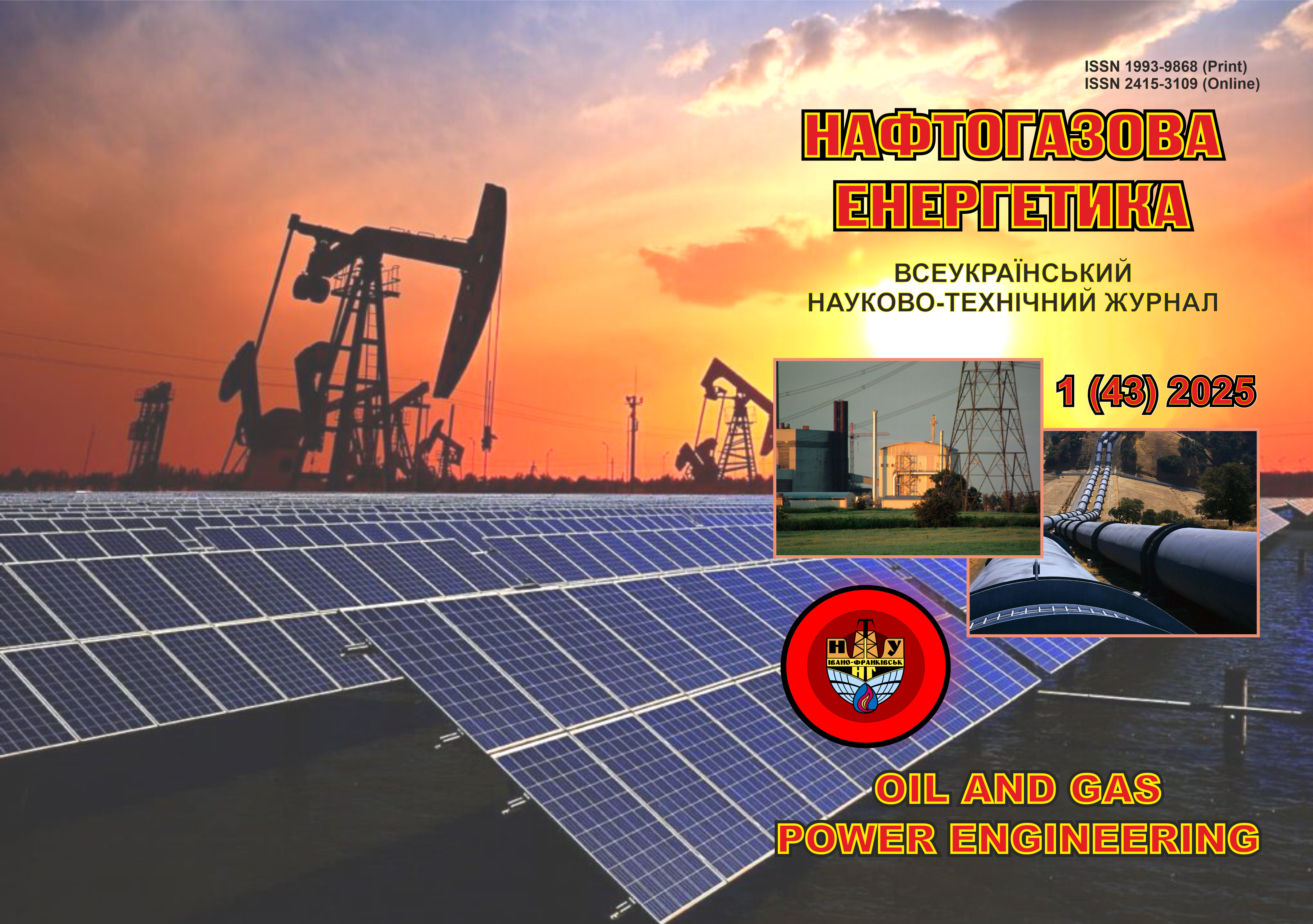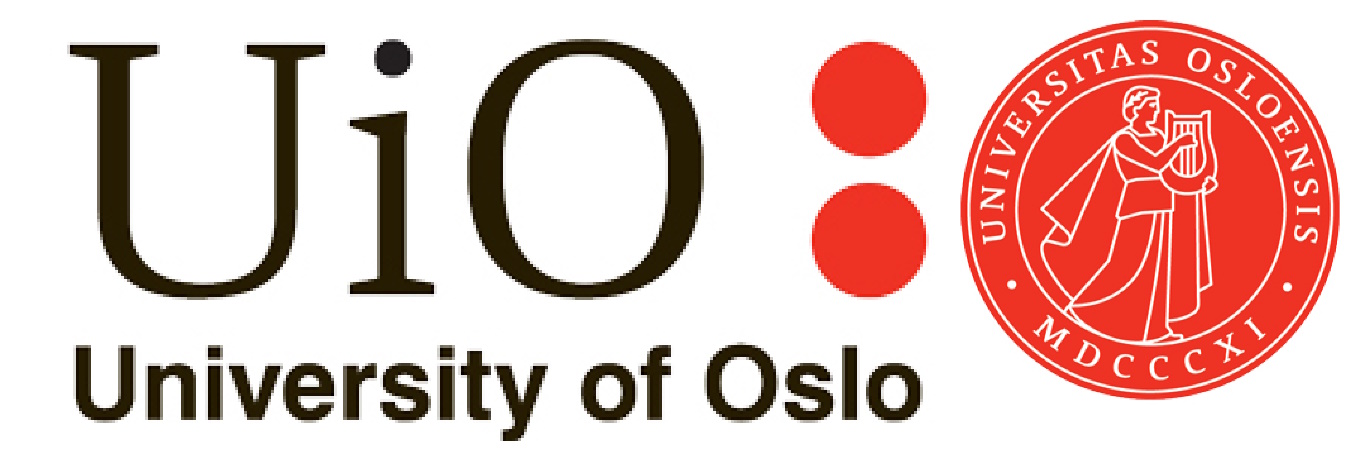OPTIMIZATION OF INDUSTRIAL OIL TREATMENT PROCESSES USING DEMULSIFIERS AT THE FIELDS OF THE WESTERN OILFIELD REGION OF PJSC UKRNAFTA
DOI:
https://doi.org/10.31471/1993-9868-2025-1(43)-50-61Keywords:
field, well, operation, oil, water, gas, emulsion, demulsifier, oil preparation, dehydration, desalting, water and salt content in oilAbstract
Ensuring the quality of commercial oil, specifically its compliance with industry standards, is of great importance nowadays. Due to the high water content of well production in the western oil-producing region of PJSC "Ukrnafta", it is necessary to improve dewatering and desalination processes. Traditional preparation methods are inefficient, resulting in additional time and resource expenditure. This article describes the types of oil emulsions formed during the production of watered oil, as well as the industrial preparation methods used to transport oil to refineries. The author outlines the fundamental technological process for treating oil in the Western oilfield region of PJSC Ukrnafta. From October 2023 to September 2024, the company's units conducted research into oil demulsification (dehydration and desalination). According to the results of this research, commercial oil contains between 0.03% and 48% water and between 19 mg/l and 1324 mg/l of salts after settling in commercial tanks. This does not meet industry requirements and additional measures are required to prepare it. To ensure the required quality of the prepared oil, the research involved introducing various concentrations of the PM grade A and Divizhin demulsifiers into the oil after the raw material tanks. Based on the results of this research, both demulsifiers were found to positively affect the reduction of the mass fraction of chlorides and water in the oil. However, the quality of the prepared oil depends on the temperature, demulsifier consumption and settling duration. PM grade A was the most effective demulsifier, ensuring a reduction in water content to 0.03% and salts to 26.09 mg/l at an optimal consumption of 65.8 g/t. Divizhin has slightly worse properties: at an optimal consumption of 70.9 g/t, it ensures a water content of 0.063% and a salt content of 56.8 mg/l. When using Divizhin, a significant reduction in the mass fraction of water and salts is achieved only after 23,4 hours of settling, which is much longer compared to PM grade A (11,6 hours). The demulsifier PM grade A is recommended for implementation. According to the research results, the optimal oil preparation temperature is 63,5 °C.
Downloads
References
Sklabinskyi V.I., Liaposhchenko O.O., Artiukhov A.Ye. Tekhnolohichni osnovy nafto ta hazopererobky: navchalnyi posibnyk. Sumy, Sumskyi derzhavnyi universytet, 2011. 186 p. [in Ukraini-an]
Vasily Simanzhenkov, Raphaelldem. Crude Oil Chemistry. Publisher: Marcel Dekker, Inc. 2003. ISBN: 082474098. P 410.
Standart orhanizatsii Ukrainy. Vydobuvannia vuhlevodniv. Laboratorni ta promyslovi vyprobu-vannia deemulhatoriv dlia vykorystannia v protsesakh pidhotovky ridkykh vuhlevodniv. SOU
1-30019775-293:2017 [in Ukrainian ]
He L., et al. Interfacial sciences in unconventional petroleum production: From fundamentals to applications. Chem. Soc. Rev. 2015. No 44. P. 5446–5494.
Kovaleva L., Minnigalimov R., Zinnatullin R. Destruction of Water-in-Oil Emulsions in Radio-Frequency and Microwave Electromagnetic Fields. Energy Fuels. 2011. Vol. 25. R. 3731–3738. DOI: https://doi.org/10.1021/EF200249A.
DSTU 9305:2024 Nafta. Zahalni tekhnichni umovy. [in Ukrainian]
TU U 06.1-00135390-016:2018 Nafta dlia naftopererobnykh pidpryiemstv. Tekhnichni umovy.
[in Ukrainian]
Schramm L.L. Emulsions: Fundamentals and Applications in the Petroleum Industry. In Petrole-um Emulsion; Schramm, L.L., Ed.; American Chemical Society: Washington, DC, USA, 1992.
Wang Z.M., et al. Corrosion mitigation behavior of an alternately wetted steel electrode in oil/water media. Corros. Sci. 2019. P. 140–152.
Hasanov F., et al. Control of produced water with highly corrosive medium in oil-gas produc-tion. Azerbaijan Oil Industry. 2021. https://doi.org/10.37474/0365-8554/2021-1-24-27
Fang C., Lai P. Microwave Heating and Separation of Water-in-Oil Emulsions. Journal of
Microwave Power and Electromagnetic Energy. 1995. No 30. P. 46-57. https://doi.org/10.1080/
1995.11688257
Downloads
Published
How to Cite
Issue
Section
License
Copyright (c) 2025 Oil and Gas Power Engineering

This work is licensed under a Creative Commons Attribution-ShareAlike 4.0 International License.


.png)






1.png)









